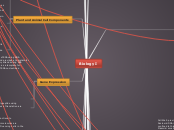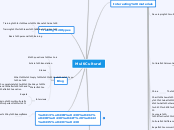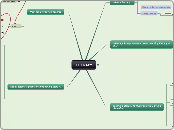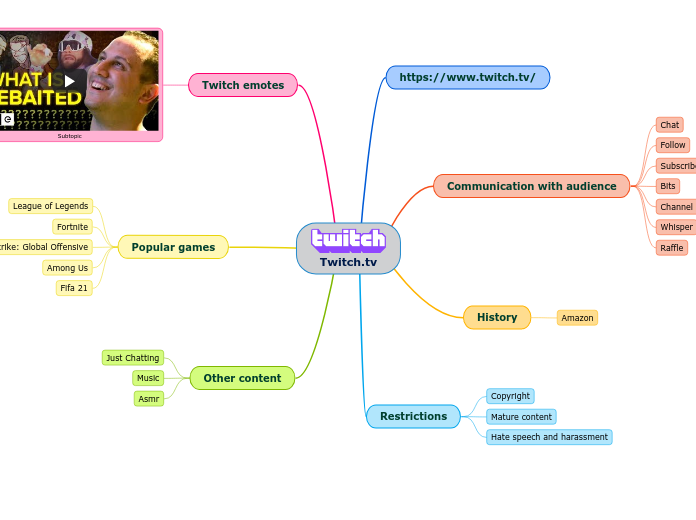по Harsh Bharucha 10 лет назад
515
Biology I
Cells communicate through various signaling mechanisms, which can be classified as local or long-distance. Local signaling includes direct contact through cell junctions, paracrine signaling where messenger molecules influence nearby cells, and synaptic signaling in the nervous system where neurotransmitters carry chemical signals.









